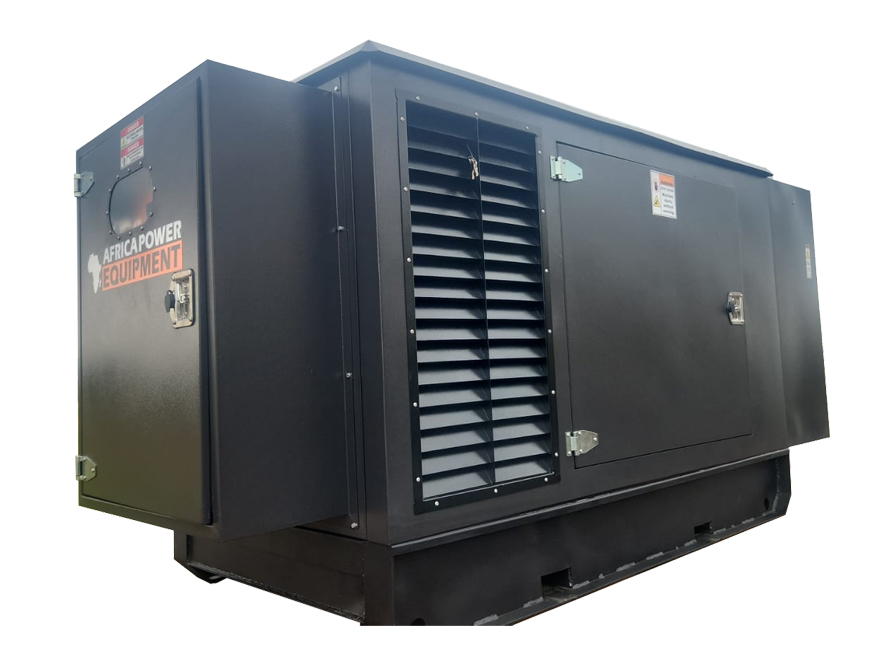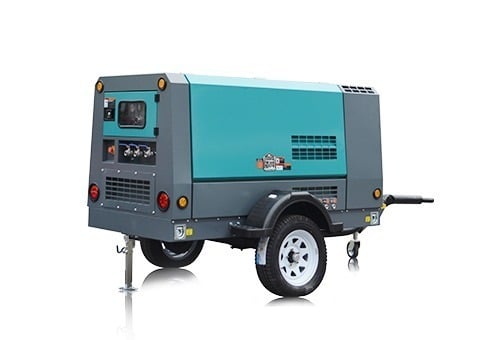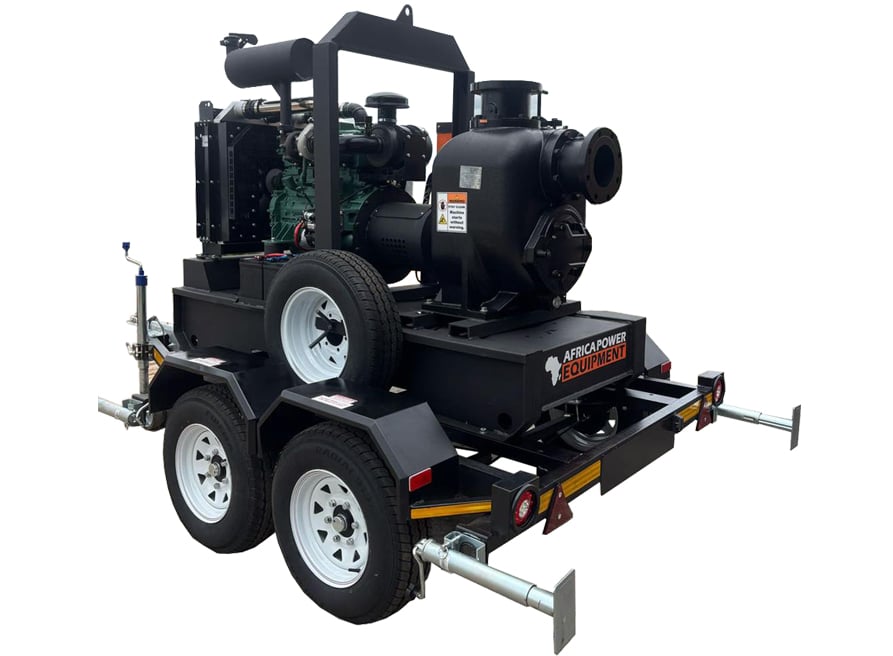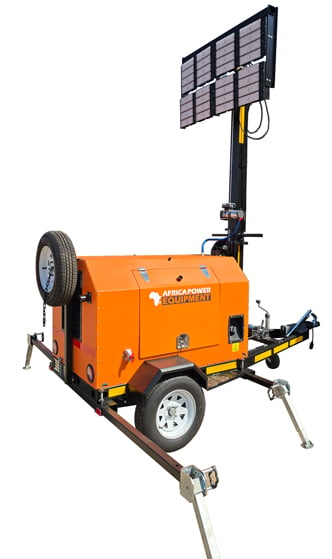How to Properly Size a Solar System for Your Home in South Africa
Choosing the right solar system size for your home is crucial for energy efficiency, cost savings, and uninterrupted power during load shedding. A solar system that’s too small won’t meet your needs, while one that’s too large could result in wasted investment.
In this guide, we explain how to accurately size a solar system based on your energy usage, roof space, location, and backup requirements.
🔌 Step 1: Understand Your Electricity Consumption
Start by reviewing your electricity bill to find your average monthly usage in kilowatt-hours (kWh).
Example:
-
Average household consumption: 600–900 kWh/month
-
Daily usage: 20–30 kWh/day
Check your bill for:
-
Daily average kWh
-
Monthly peak usage
-
Seasonal fluctuations (heaters or ACs)
📊 Step 2: Estimate Daily Solar Needs
To size your system, you need to estimate how much solar energy you want to generate per day.
Formula:
Solar system size (kW) = Daily kWh needed ÷ Average peak sun hours
Example (Johannesburg):
-
30 kWh/day ÷ 5.5 sun hours ≈ 5.5 kW system
🌍 South Africa averages 4.5–6.5 sun hours/day depending on location.
🧱 Step 3: Consider Backup Requirements
Decide if you want a grid-tied, hybrid, or off-grid system:
| System Type | Battery Backup | Ideal For |
|---|---|---|
| Grid-Tied | No | Lower cost, grid access |
| Hybrid | Yes | Load shedding protection |
| Off-Grid | Yes (large) | Remote or no Eskom access |
For load shedding, calculate your critical load:
-
Lights, fridge, Wi-Fi, TV, plugs for chargers, etc.
-
Usually around 1–2.5 kW per hour of backup needed
🔋 Step 4: Select the Right Battery Size (if needed)
Batteries store energy for use during power cuts or at night.
Common residential sizes:
-
3.5 kWh = essential backup only
-
5.1 kWh = medium backup + longer runtime
-
10+ kWh = full home backup
Lithium-ion batteries are preferred for lifespan and efficiency.
⚡ Step 5: Choose Your Inverter Capacity
Your inverter size should match or slightly exceed your system size.
-
5kW solar = 5kW inverter (or hybrid inverter)
-
Add 20% margin if future expansion is planned
-
Check for inverter compatibility with battery if hybrid
📐 Step 6: Check Your Roof Space
Each 550W solar panel is approx. 2m² in size.
A 5kW system needs 9–10 panels → 18–20m² of roof space.
✅ Ensure your roof:
-
Faces north or northwest for optimal exposure
-
Has minimal shading
-
Is strong enough to support mounting structure
🧮 Sample Solar System Sizing Scenarios
| Household Type | Daily Usage | Suggested System | Notes |
|---|---|---|---|
| Small flat/cottage | 10 kWh | 2–3 kW | Grid-tied, minimal backup |
| Standard 3-bed house | 25 kWh | 5–6 kW | Hybrid, battery backup |
| Large house w/ pool | 40–50 kWh | 8–10 kW | Hybrid/off-grid, larger batteries |
🛠 Bonus Tips for Accurate Sizing
-
Install a smart meter for live usage data
-
Account for future loads (EVs, new appliances)
-
Factor in seasonal variations
-
Allow 10–20% headroom for cloudy days
-
Use certified solar installers for accurate assessment
🔗 Internal Links
📝 Final Thoughts
Sizing a solar system isn’t just about panel count—it’s about matching your energy needs, budget, and backup goals. Work with a reputable solar installer like Africa Power Equipment to analyse your consumption and customise a system that ensures savings, energy independence, and peace of mind.





